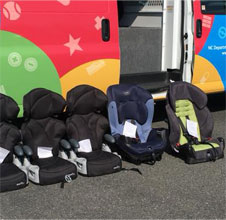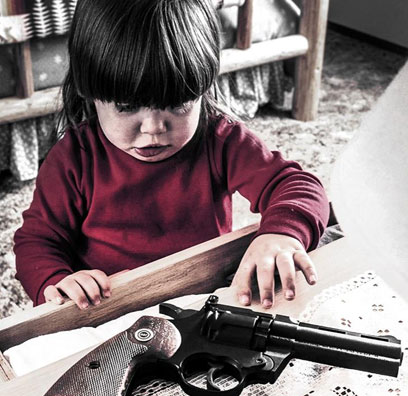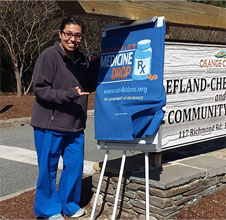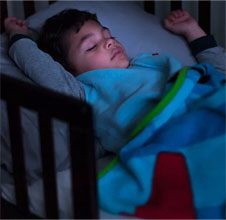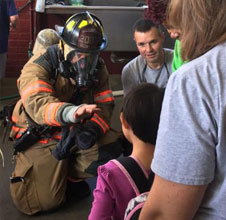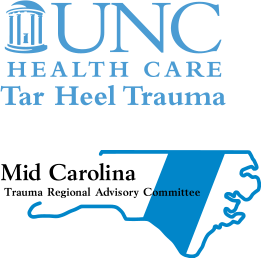Water Safety
There is no substitute for actively watching your child
- Actively watch kids in and around open water, giving them your full attention.
- When babies or small kids are in or around water, an adult should be at arm’s reach to make sure they are safe. If kids are near water, then they should be the only thing on your mind. Small kids can drown in as little as one inch of water.
- Have parents and caregivers take turns being the designated “water watcher” who can keep an eye on the kids in the pool or swimming area.
Start slow with babies
- You can start babies in the water when they are about 6 months old. Remember to always use waterproof diapers and change them often.
Don’t rely on swimming aids
- Remember that swimming aids such as water wings or noodles are fun toys for kids, but they should never be used in place of a U.S. Coast Guard-approved device.
Take extra steps around pools
- Make sure back yard pools have four-sided fences that are at least 4 feet high and a self-closing, self-latching gate to stop a child from wandering into the pool area.
- When using air-filled or portable pools, remember to empty them right after use. Store them upside down and out of kids’ reach.
- Install a door alarm, a window alarm or both to alert you if a child wanders into the pool area without an adult around.
Teach your kids about swimming safely
- Every child is different, so put kids in swim lessons when you feel they are ready. Teach kids how to tread water, float and stay by the shore.
- Make sure kids swim only in areas made for for swimming. Teach kids that swimming in open water is not the same as swimming in a pool. They need to be aware of uneven surfaces, river currents, ocean tides and changing weather.
- Whether you’re swimming in a backyard pool or in a lake, teach kids to swim with an adult. Older kids should still swim with a partner every time. From the first time your kids swim, teach them to never go near or in water without an adult.
Download Water Safety Resource Sheets:
Teach your kids about swimming safely
- Teach suction outlets.
- Pools that have the most risk of trapping kids under the water are public pools. Tell kids to never play or swim near drains or wading pools, in-ground hot tubs, or any other pools that have flat drain grates or a single main drain system.
- For new pools or hot tubs, install more than one drain in all pools, spas, whirlpools and hot tubs. This lowers the suction of any one drain.
LOCAL WATER SAFETY RESOURCES
YMCA :
- Chapel Hill-Carrboro and Ingram Family (Sanford) YMCAs offer swim lessons and water safety classes for all ages.
- Both locations available to residents in nearby counties, including Chatham and Orange.
- Call the Customer Service Team 919-719-9622 to find out about scholarships to help reduce costs.
NC Wildlife Resources Commission :
- Offers boating safety classes throughout the state.
- Visit https://register-ed.com/programs/53 to register.
Orange County:
- School-based Program: All second grade Orange County Schools' students are eligible to take water safety/swim lessons at the SportsPlex for free during school hours.
Homestead Aquatic Centers/Chapel Hill Community Centers :
- Offers year-round swim lessons for all ages.
- Financial assistance available.
- Additional public pool open during the summer at Hargraves Community Center.
Orange County Sportsplex (Hillsborough) :
- Offers year-round swim lessons for all ages.
Orange County Youth Enhancement Fund :
- Provides financial assistance for youth swim lessons available through the Orange County Department of Social Services.
Chatham County :
Town of Siler City Parks and Recreation :
- Offers summer swim lessons for ages 3-10 years old.
Chatham County Parks and Recreation :
- Offers water and paddle confidence classes throughout the summer months.
CPR and First Aid Classes:
- South Orange Rescue Squad: offers free in-person CPR and first aid classes for public and professionals
- American Red Cross : Online and in-person classes
- American Heart Association : Online and in-person classes
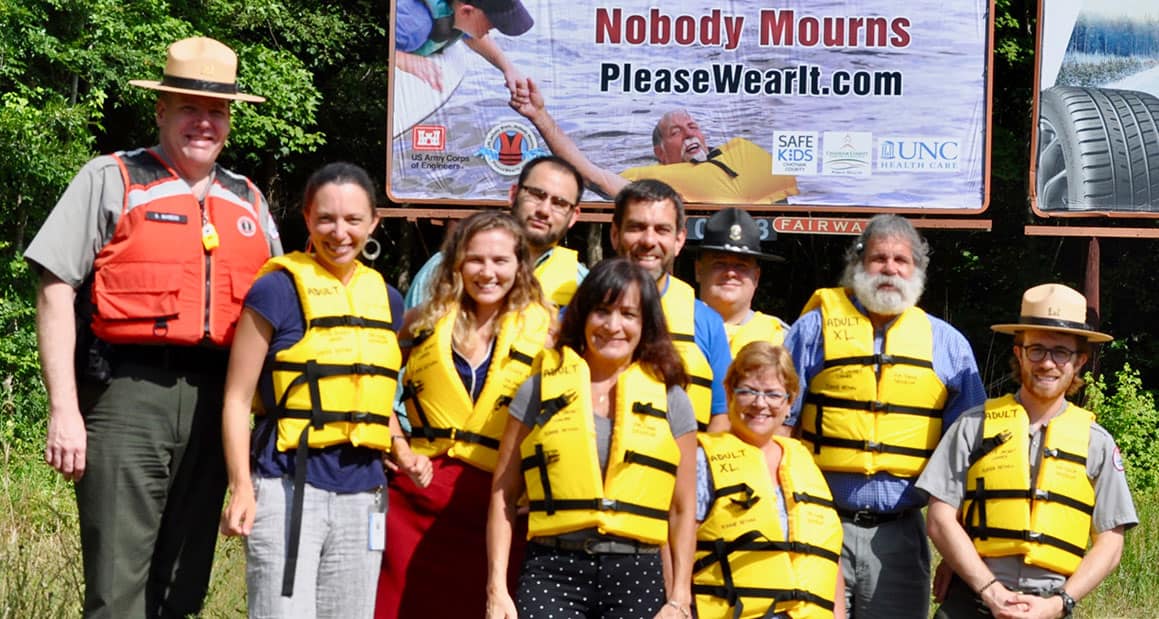
*This information is adapted from resources created by Safe Kids World Wide
Learning & Resources
Water Safety Inforgraphic in Spanish PDF [DOWNLOAD]
Swimming Safety Tips PDF [DOWNLOAD]
Water Safety Tips at Home PDF [DOWNLOAD]
Open Water Safety Checklist [DOWNLOAD]
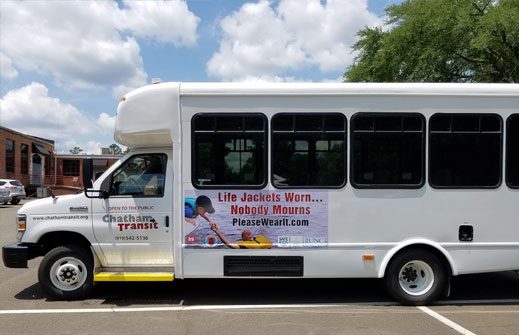
Other Categories
For More information, please don’t hesitate to inquire:
101 Manning Dr., Chapel Hill, North Carolinatarheeltrauma@unchealth.unc.edu

